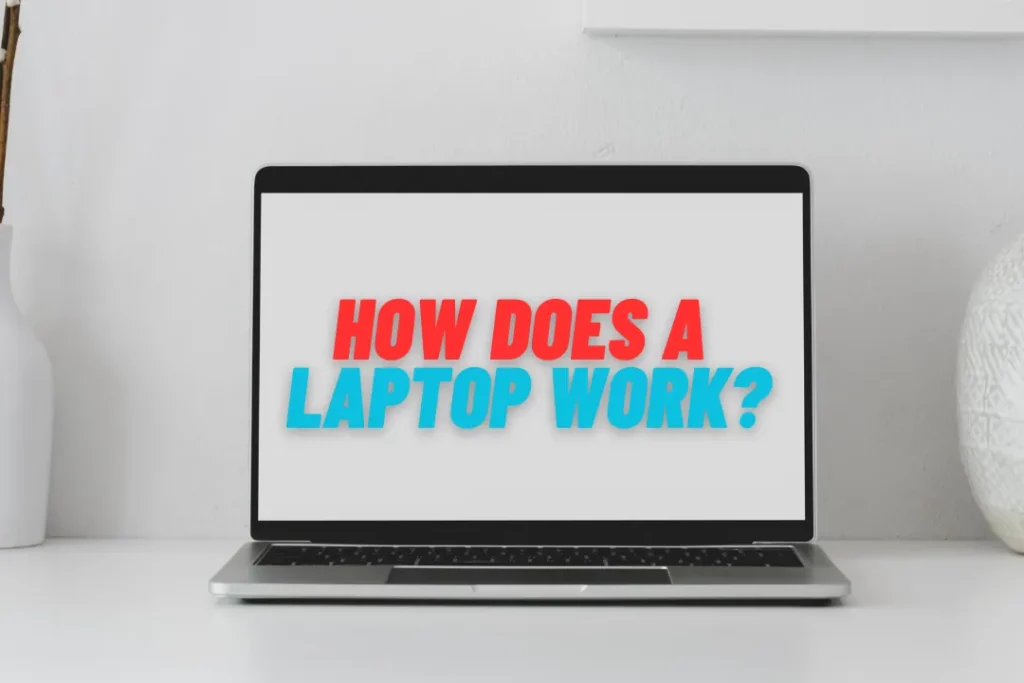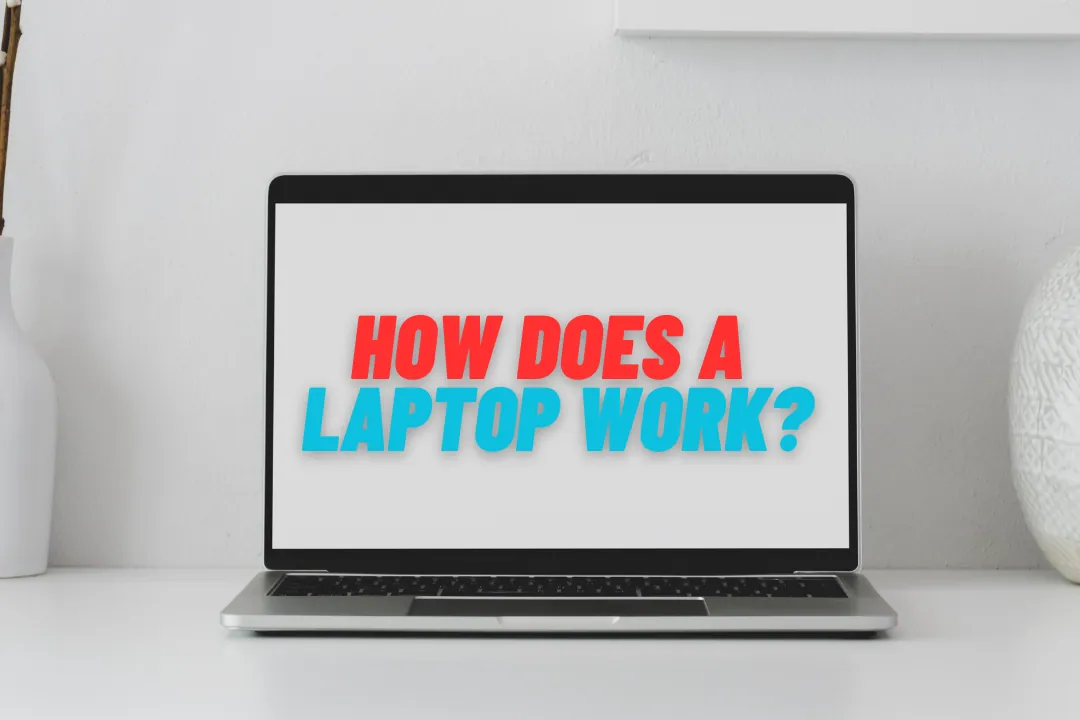
A laptop is a portable computer that integrates various components and software to perform a wide range of tasks. Here’s a simplified explanation of how a laptop generally works:
1. Processor (CPU)
Table of Contents
The central processing unit (CPU) is the brain of the laptop. It executes instructions and performs calculations necessary for running software and operating the system.
2. Memory (RAM)
Random-access memory (RAM) provides temporary storage for data and instructions that the CPU needs to access quickly. RAM allows for fast data retrieval, which enhances overall system performance.
3. Storage
Laptops typically have a hard disk drive (HDD) or solid-state drive (SSD) for long-term storage of files, applications, and the operating system. HDDs store data on rotating magnetic disks, while SSDs use flash memory, resulting in faster access times and improved durability.
4. Operating System
The operating system (e.g., Windows, macOS, Linux) manages the hardware and software resources of the laptop, providing a user-friendly interface for interacting with the computer. It handles tasks like managing files, running applications, and controlling peripherals.
5. Input Devices
Laptops have various input devices, including a keyboard for typing, a touchpad or trackpad for navigating the screen, and sometimes a touchscreen for direct interaction.
6. Display
The laptop’s display allows users to view information and interact with applications. Most laptops use liquid crystal displays (LCD) or organic light-emitting diode (OLED) technology to produce visual output.
7. Graphics Processing Unit (GPU)
The GPU is responsible for rendering and displaying images, videos, and other graphical elements on the screen. It assists the CPU in handling graphics-intensive tasks, such as gaming or video editing.
8. Connectivity
Laptops include various connectivity options such as Wi-Fi, Ethernet ports, USB ports, HDMI ports, and more, allowing users to connect to networks, peripherals, and external devices.
9. Power Supply
Laptops have a built-in battery that provides power when not connected to an external power source. The battery charges when the laptop is plugged into an outlet.
10. Software and Applications
Users can install and run software applications on their laptops to perform specific tasks. These applications can range from productivity tools like word processors and spreadsheets to media players, web browsers, and specialized software for various purposes.
When a laptop is turned on, the operating system loads into memory, allowing users to interact with the computer through the user interface. As users input commands or launch applications, the CPU processes the instructions, accessing data from storage and displaying output on the screen. The laptop’s components work together to execute tasks and deliver the desired functionality to the user.

